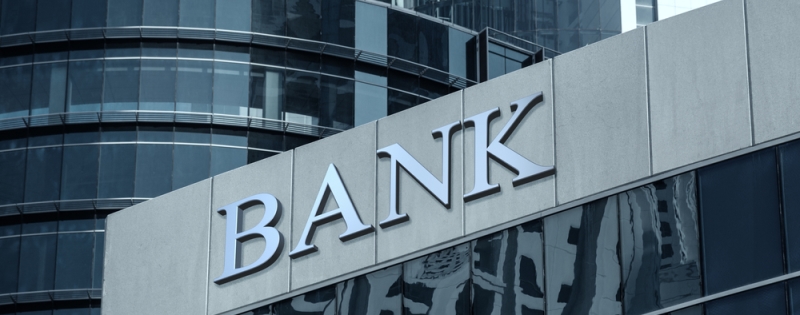Flagstar Bank and Zion Bancorporation are chief among the 67 banks in the US that are at increased risk of failure due to their commercial real estate exposures, according to a data analysis from a finance expert at Florida Atlantic University.
Flagstar Bank reported $113 billion in assets with a total CRE of $51 billion. The bank, however, only had $9.3 billion in total equity, making its total CRE exposure 553% of its total equity.
Similarly, Zion Bancorp had a total CRE of 440% of its total equity; the bank reported $87 billion in assets and total CRE of $26 billion, but only $5.8 billion in total equity.
“These are the two largest banks with excessive exposure to commercial real estate,” said Rebel Cole, professor of Finance in FAU’s College of Business.”Both rely heavily on uninsured deposits, which makes them vulnerable to a bank run similar to what forced regulators to close three large banks during spring 2023. Those bank closures have led to concerns about the stability of the US banking system that persist to today.”
For comparison, the Q1 2024 industry-average benchmark for total CRE exposure was 139% of total equity.
All together there are 67 banks with exposure to commercial real estate greater than 300% of their total equity, as reported in their first quarter 2024 regulatory data.
“This is a very serious development for our banking system as commercial real estate loans are repricing in a high interest-rate environment,” Cole said. “With commercial properties selling at serious discounts in the current market, banks eventually are going to be forced by regulators to write down those exposures.”
FAU measures the risk to exposure from commercial real estate using publicly available data released quarterly from the Federal Financial Institutions Examination Council Central Data Repository. Bank regulators view any ratio over 300% as excess exposure to CRE, which puts the bank at greater risk of failure.
Banks with less than $10 billion in total assets are facing similar risks due to their commercial real estate exposure. Among banks of any size, 1,871 have total CRE exposures greater than 300%, 1,112 have exposures greater than 400%, 551 have exposures greater than 500% and 243 have exposures greater than 600%.
Source: GlobeSt.


